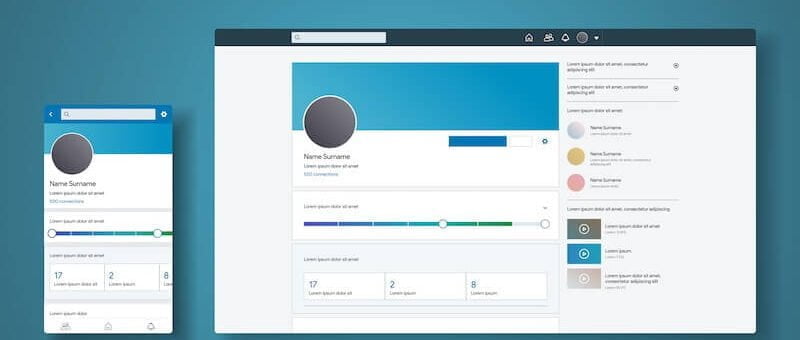How to write a professional bio
Professional bios are one of the most important pieces you’ll ever write.
First impressions count and you only have a few seconds to grab people’s attention, so you want to make sure every word is perfect.
Bios help you to promote your own personal brand and personality and need to showcase your professional achievements and reflect your development throughout your career.

Highlight your skills, qualifications and experience
Bios are essential tools to highlight your skills, qualifications and experience.
Professional bios can be quite hard to write as you are basically tasked with writing about your whole professional career and the essence of who you are, in just a few short sentences or paragraphs.
Your bio should grow and change as you do. When you write one, chances are it will change in just one year or even a few months.
So, make sure your bios are always up to date with the latest information about you and the achievements you have earned.
Try to create different versions of bios
Having multiple versions of your bio is a great way to reach different types of target audiences.
Not all readers require the same type or amount of information, so try to tailor your professional bio accordingly.
Consider the length of each bio and how they can be appropriate for different types of platform. Also consider the language used.
Benefits of writing a short bio versus a long bio
Professional bios are increasing with popularity, not just because more platforms are using shorter formats, but people’s attention spans are also getting shorter.
This can be seen especially online and on social media. However, it pushes you to write the most important information about yourself at the start, so people get a sense of you in the first 2-3 sentences.
This is called the “Inverted Pyramid” style. You can use this style if you are concerned about how much the readers will actually read on your bio – you can rest easy knowing that people know the most important facts about you.
Most platforms like X, formerly Twitter, require people to stick to a 160 character limit on user bios, whereas LinkedIn allows you to write a limitless bio. However, people can only view this bio if they click “show more”, so you need to give them a reason to do so.
Usually bios don’t have a set word limit, as it really depends on the platform that you are writing it on.
There are two types of short bios, a regular short bio that is usually around 100 words or up to five paragraphs, or a micro bio which is normally three sentences long.
Long bios on the other hand, is necessary for people wanting to write a more detailed description of who you are, your skills and your professional history.
Event organisers are people who normally need this sort of information when they are deciding who should be speakers or panel guests at conferences.
You can go into depth here and show off your writing talents as well as your accomplishments.
Where to use a professional bio
Professional bios can be found in many areas such as
- Your LinkedIn Summary
- “Meet our Team” or the “About Us” page on your employer’s website
- The author by-line in your own personal website or blog
- X, formerly Twitter
You can also customise your bio for events such as networking evenings or a conference you are speaking at.
How you write your bio should depend on which platform you are writing it for.
So, decide who your targeted audience is and write with language that is appropriate. For instance, if your audience is a young crowd, it is not necessary for your writing to be as formal.
Remember to think about why people need to read your bio and how you are able to effect or change their opinions of you.
Think about your personal brand
Promoting yourself and thinking about what to say can be very difficult, however learn what your brand is and try to write it.
Try to write something about yourself that is accurate and genuine to who you are, while also being in active tense and enticing the readers to continue.
When writing bios, always remain in the third person such as “Claire has shown professionalism and established communications for almost a decade”.
Remember talking about your professional success is not necessarily bragging, it provides pivotal information and shows your credibility in your field to the readers.
How to write your bio
Your bios should include:
- Your full name and your current occupation.
- Your field of knowledge.
- The most relevant background information and experience.
- How you have demonstrated your abilities in your field through examples.
- All of the qualifications you have earned throughout your career.
- An optional professional photo of yourself – remember this is very important as it can change how people perceive you, so try to keep it as professional as possible.
Be sure to make your bio as relevant to your targeted audience as possible and add as much detail to your experiences as possible.


